In the latest Elle Décor magazine, this apartment caught my eye. I mean, who could miss seeing the huge painting of a nude male’s rather prominent backside? Why does it look somehow familiar? Certainly Mr. Slippersocks Man doesn’t look like THIS! I adore the interior designer, Alex Papachristidis. Alex P. is probably best known for his own apartment – a wonderful mix of patterns and colors:
Here is Alex P.’s apartment that I love so much. A mix of Fortuny, Ikat, and Suzani – what could be better? And look – another male’s backside!!!! Hmmm. Must be a new trend here.
Now, I’m no expert on art, but this painting looked familiar. Who could forget something like this? According to Elle Décor’s story, this large 19th century Italian painting was bought at Christie’s auction of the late Rudolf Nureyev’s Paris apartment. Nureyev was famous for this collection of nude male art, which lined the walls of his Parisian home. The owner of this London apartment is a 30s something woman who recently suffered a devastating divorce. Is this painting of a perfect male specimen the ultimate revenge?
A-Ha! David Easton’s apartment: here the painting pops up again. In his new book, Easton writes: “A copy of Philoctetes Bitten by a Snake hangs in the niche. (The actual name of the painting is The Wounded Philoctetes.) Easton continues, “I saw the original by Abildgaard in a Danish museum and fell in love with it. While traveling in Russia, I commissioned a restoration artist at the Hermitage to reproduce it.” This explains why there are two of this most famous painting hanging in two different apartments. One is a copy, painted expressly for David Easton. The other is an original, or is it?????
If the painting hanging in the English apartment featured in Elle Décor is original, why is it also hanging in the Statens Museum in Denmark? Hmmm????
That exact question was asked in this book on the artist of The Wounded Philoctetes, Nikolaj Abildgaard. Abildgaard’s widow owned the copy of the painting after his death. After she died, the painting went to the gardener of family friends. Apparently, the Forbes Collection once owned this mysterious copy (or is it?) and it was sold in an auction at Christie’s to the ballet star Rudolf Nureyev. When Christie’s was approached about this being a possible fake, the attribute was changed to say the painting was “a version of the picture in the Statens Museum.” The author of this book tells about contacting Christie’s and informing them how “precarious” the provenance was, leading to it being called a “student copy.” (For more information about student art and copies of works – see the end of this story.) The book is written in Danish, so it is hard to truly understand what is being said about this copy of The Wounded Philoctetes. The issue may be that Abildgaard was a famous art teacher and there is some question whether a student painted the American version or did Abildgaard paint both? The answer seems murky at best. At one point in time, even the United States planned to exhibit the American Philoctetes – saying it was an original. I used the Google translator to read these passages, but Google translations are sketchy at best. Still, I would love to read the book in English to truly understand how this “copy” landed on the market and if the Forbes Collection and Nureyev truly believed they owned an original Abildgaard. The painting in question is important to the art world as it is the first from Denmark to be internationally recognized.
A portion of the painting was used on the cover of Mary Shelley’s Frankenstein for the Penguin Classics printing.
The artist, Nikolaj Abraham Abildgaard (September 11, 1743 – June 4, 1809), was born in Copenhagen and studied art under the masters of his time. He was awarded medals that allowed him the funds to travel to Europe to study and paint. He chose to go to Rome and it is there that he painted his masterpiece, The Wounded Philoctetes, after being influenced by the works of Rafael, Titian and Michelangelo, amongst others. It was in Rome when he moved away from classical romantic painting to mythology. Back in Denmark, he taught painting, mythology and anatomy. Besides painting, he was also known as an architect and sculptor. The Royal family hired him to modernize a palace after their own was burned. Many of his interiors remain today at Christian VIII’s Palace in Denmark. The fire was also unkind to the painter – eight of his large canvases burned along with palace.
Abildgaard was interested in Shakespeare and here he painted Hamlet. Yes, his interest in male anatomy is rather pronounced in this painting.
He was also fascinated with the bible, here painting the Archangel Michael and Satan over the body of Moses. Satan also has well rounded buttocks – who knew????
Adrastus Slaying Himself at the Tomb of Atys. This was painted in Rome at the same time as The Wounded Philoctetes. Here, his attention was finally directed to the front of the male. And this was before health clubs and weight machines!!!
“Jupiter Weighs The Fate of Mankind”
Abildgaard was highly intelligent and was learned in many different subjects. He was considered a free thinker who was repulsed by the idea of slavery and excited by the politics of the day and the French revolution. The Royal Family was not pleased with his ideas. He had been commissioned to paint many large canvases for the Royals, but when presented Jupiter Weighs The Fate of Mankind, the Royals had had enough and he was isolated, censored and never received another official commission. I am not exactly sure why this painting so insulted the Royal Family, though it is an awfully ugly painting, IMHO!!
After he was censored for his political and religious views, he began work as an architect and furniture maker. His interiors are still in use in Christian VIII’s Palace in Copenhagen. Here, he designed the furniture, the ceiling and the overdoors.
A beautiful Klismos chair that Abildgaard made – it is in the Statens Museum.
The artist constructed and painted this cabinet for the Royal Family.
At the turn of the century, the artist returned to painting and was even again received by the Royal family. He married a second time and had several children before his death in 1809. It all seems somewhat strange that a rather obscure painter’s most important work of art would turn up in Elle Décor this month and also in Timeless Elegance, David Easton’s book released last month. Small world, as they say.
So, who, you might ask, exactly is this famous Philoctetes? He was an mythical archer who was sent off to the battle of Troy where he was bitten by a snake. The wound on his foot became infected and developed a terrible stench. Without medicine, all he could do was scream in agony, causing the other soldiers to abandon him on an island and sail off without him. Although he appears in Abildgaard’s painting to be a Hercules, he actually depicts the power of physical pain, not physical power. Art critics note that with this painting, Abildgaard overcame the difficulties of illustrating “pain.” Here, the artist does not bring attention to the hurt, putrid and bandaged foot. In fact, there are no bandages painted. Instead, he paints pain as shown through the convulsion of his body. Philocetes is bent over – his spine makes a quarter circle, while the “right thigh, buttock, torso, shoulder and arm look like a clenched fist.” His body is portrayed as if he is wracked in pain, tightly painted into the confines of the canvas. Painted while in Rome, Abildgaard’s style changed once he returned home. The artist is not considered the father of Danish painting, that title goes to C.W. Eckersberg. Yet, Abildgaard was Eckersberg’s professor and is sometimes called the Grandfather of Danish painting.
Rudolf Nureyev in his Paris Apartment – surrounded by the textiles and paintings he so loved. (Balustrade and Bitters HERE.)
The painting The Wounded Philoctetes shown in this month’s Elle Décor was purchased at Christie’s Nureyev estate sale. On Christie’s web site, there is no mention of the painting by name, but most likely it is one listed as a “study of…” since the provenance can’t be authenticated. The original painting hangs in the Statens Museum in Denmark. Christie’s held several sales, one of Nureyev’s New York Dakota apartment and another in London of his Paris apartment. His NYC apartment was not considered a home and was used more like a hotel, but the Paris apartment was a much beloved place in Nureyev’s heart. The walls were filled with paintings – mostly of male nudes. One can imagine how well the Philoctetes fit in. Nureyev was born into abject poverty on a train in Siberia. He lived with his family and two sisters and two other families in a one room house. From such humble beginnings, he became the most celebrated and talented male ballet dancer. He was cautious about his wealth, preferring to put his money into goods instead of banks. Thus his apartments were filled with art, antiques, and fine furniture. He was considered a genius and was well read – his library was stacked with books about his art, his rugs, and his textiles. His closets were filled with oriental robes, obis, costumes, and shawls. The Paris apartment was decorated with his many accessories and artifacts. His cabinets held numerous dinner services and cutlery. And everywhere, there was art. The nudes were too numerous to hang – some were stacked behind sofas and under the beds. Not all the paintings were fine – many were amateurish – called student’s work. Some say the nudes reflect his love of the male physique, since his own body was a well honed machine. Others contend the nudes were purchased for their homo eroticism. Yet, the Philoctetes is a study of a man in utter pain – not erotic pleasure. Nureyev’s indiscriminate sexual appetite was well known. He had multiple partners and only a very few long lasting affairs. Regardless of how he led his private life, he was such an elegant man, swathed in his robes and shawls, his head often wrapped in scarves, his appearance was every bit as visually stimulating as his art work.
Here in pictures taken by Derry Moore for his book, Rooms, the dancer is shown in his beautiful Paris apartment. The nudes line the walls, sometimes reaching up three to the ceiling. How gorgeous is this robe he wears here? It looks like a silk ikat. Emilio Carcano helped Nureyev decorate the apartment, which was photographed by Moore for Architectural Digest in 1985.
In the book, Rooms, Moore implies that Nureyev was sick and sweaty with a cold or maybe AIDS when this picture was taken, yet this was ten years before his death. Nureyev hid his disease and denied he was ill until the very end. He spent most of that time in his Paris apartment and at his hideaway island on the Italian Amalfi coast.
In the living room, the walls are covered in a tooled Spanish leather. Notice the harpsichord on the very left. Unfortunately, the painting in question is not visible in any of these pictures. This room has two fireplaces facing each other and a large double sided sofa sits in the center of the room.
Looking from the living room into the study/library. Here you can see the leather walls up close.
A view from the living room towards the second fireplace. Those doors! Those floors!
The bathroom with its copper tub. The room is lit by a faux skylight. Now THAT’s a faucet!!!! What an amazing piece of hardware. The marble floors found in the library flow here into the bathroom – the height of luxury.
It’s only fair!!!! After showing off so many bums, it’s only fair we get to see Nureyev’s own backside – proudly displayed on vacation at his Italian island. There are a series of nude photographs taken by Avedon in 1961 during Nureyev’s youth, when he was at his peak physically. A simple google search reveals all, leaving nothing to the imagination.
Nureyev was buried in Paris. His grave is quite unusual and beautiful – just as the man himself was. Covered in a mosaic rug, it symbolizes his great love of art, textiles and rugs in particular. How amazing is this???? When I first saw pictures of his grave, I thought perhaps someone had temporarily thrown a rug over it. I wonder what it looks like in person, if it is easy to tell it is not a real rug? In pictures, it absolutely looks like a rug.
A close up of the mosaic rug – here you can see the actual tiny pieces that create the illusion. Rudolf Nureyev died in 1995.
For those interested:
In this short part of a longer article, HERE, the author explains teaching school art and why it is so hard to attribute some paintings to the true artist.
The term academies was first applied in the 17th century to drawings and paintings made from live models - male, of course. But it was the 19th century that saw the real flowering of the genre. At the beginning of the 18th century there were only 19 art schools or academies in all Europe; by the beginning of the 19th there were 200, and by its end some 2,000.
Every pupil, in every academy, was required to make figure studies. Vast numbers of them were made. Though many were destroyed or painted over, there are still very large numbers around. Until about 10 years ago, they were considered unsaleable; it was then that dealers, noting an expanding interest in the 19th century generally, started cleaning them off and putting them back in their shops.
It was the French, with their love of method and order, who formalised the 19th-century system of teaching art; imitated all over the world, it has come to be dismissed in our century as "academic". But the students at the Paris Academie des Beaux-Arts, through long and wearisome hours of drawing casts of classical sculpture and live models (often their teachers), achieved a technical mastery that is never likely to be repeated. It can be admired in all its glory in the Nureyev collection, which concentrates largely on this school and period.
A nude by Theodore Gericault, the short-lived genius of French romanticism, is the earliest example in Nureyev's collection. "He loved Gericault," says Francois, "and bought his first one in Paris from a dealer called Lebel - he was not even thinking of collecting academies at the time." Gericault, who died at the age of 35, left only one major painting, The Raft of the Medusa (now in the Louvre) but his many admirers ardently collect his sketches and studies. The Nureyev sale contains four, plus one "attributed to Gericault" and two more catalogued as by "followers of" Gericault.
*********************************************************************************************************************************
Finally,
In other magazine news, this month’s The World of Interiors has an article on Nancy Lancaster’s famous buttah-yellow drawing room. Celebrating the room’s 50th anniversary, Colefax and Fowler has recreated the room, using some original elements and some major new elements. At first glance, I was stumped at the cover. I knew what it was, but it wasn’t what I knew! The chandeliers leap out as a major difference in the new version. So do the back mirrors. The article is a fascinating and fun read if you are into Lancaster and her most well known room – in fact, some think of this as one of the most famous rooms in interior design. Before you read the article – try to guess how many elements are different and how many are the same. That is, if you have all the time in the world.
The original room – spot the differences?
And don’t forget the new Skirted Roundtable is up with Belgian Pearls’ Greet, HERE.




![P1180429_thumb[1] P1180429_thumb[1]](http://lh3.ggpht.com/_t8-Y4w1UKrc/TObzpJeszUI/AAAAAAAA768/Ub8TK5X7yUI/P1180429_thumb1_thumb.jpg?imgmax=800)

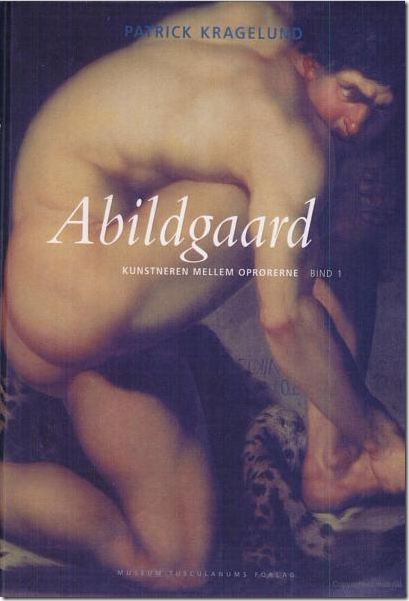

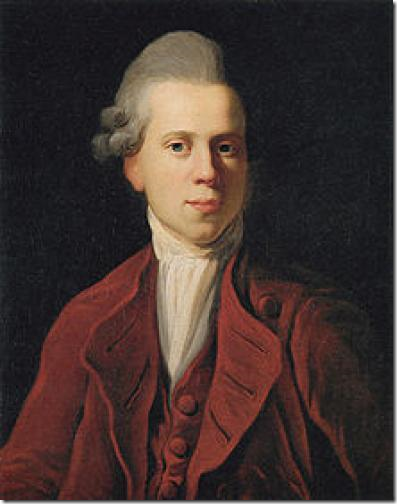

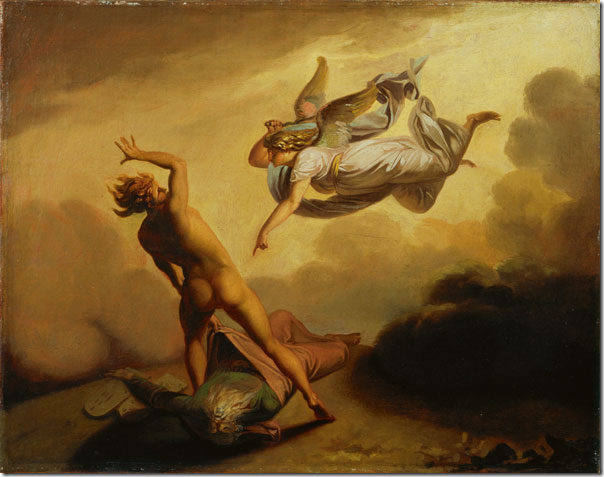
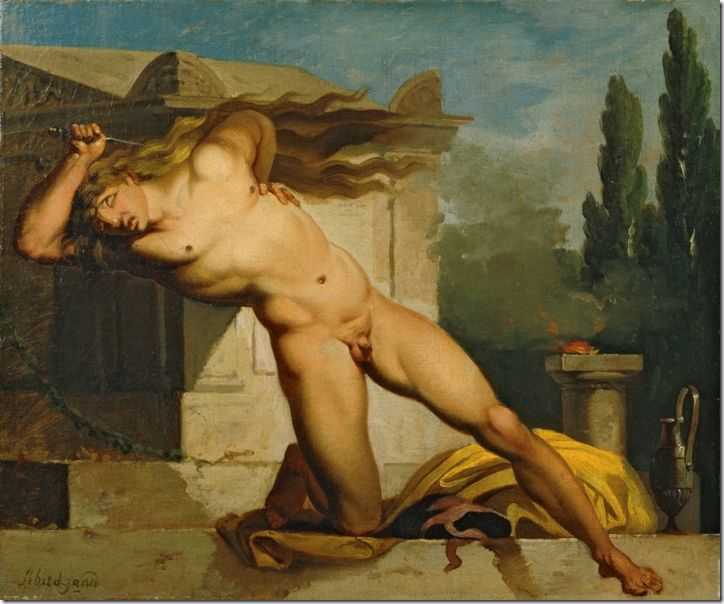
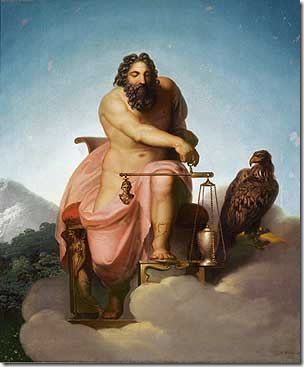
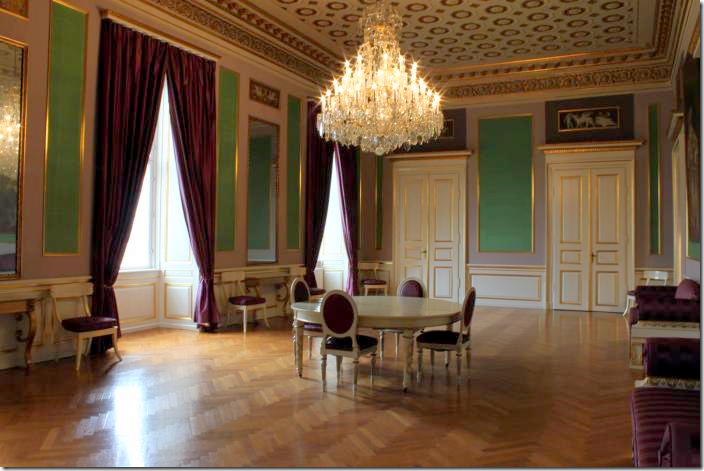
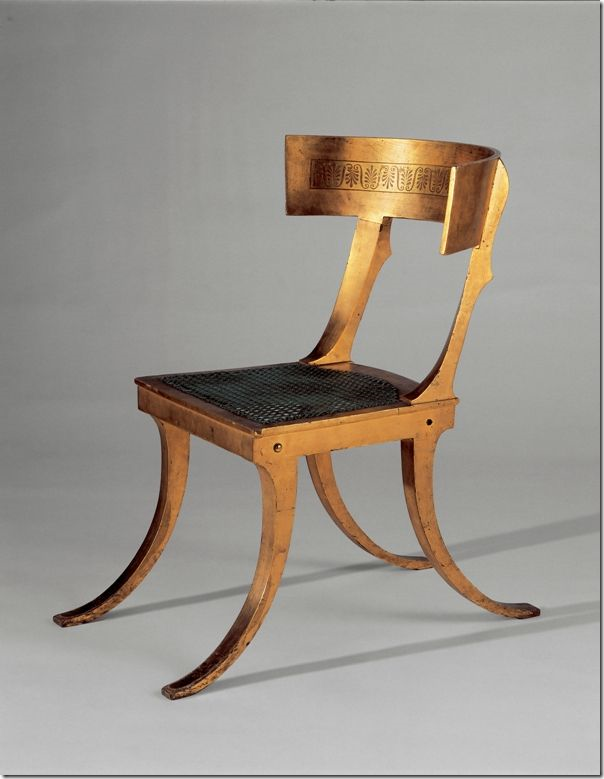


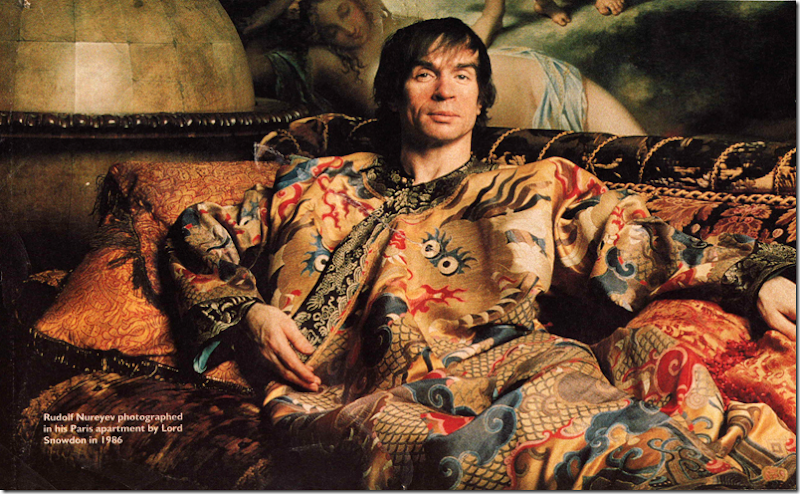
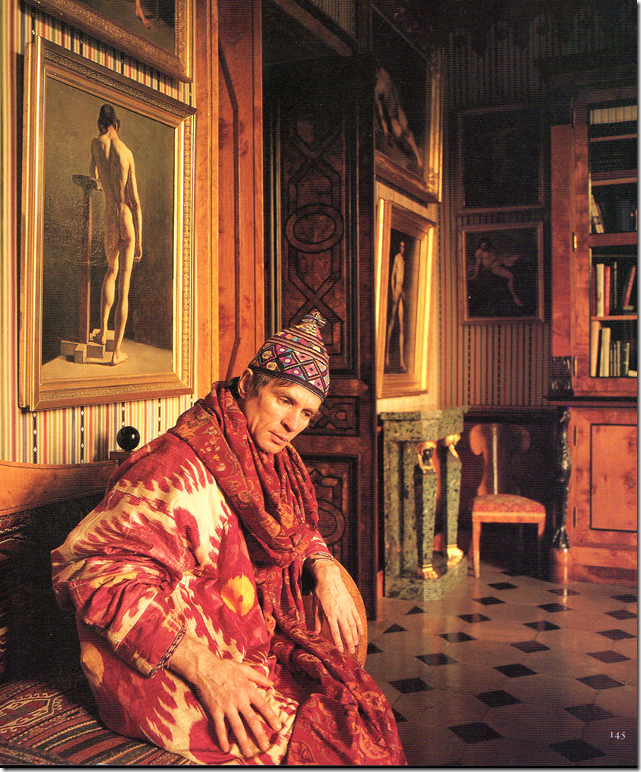

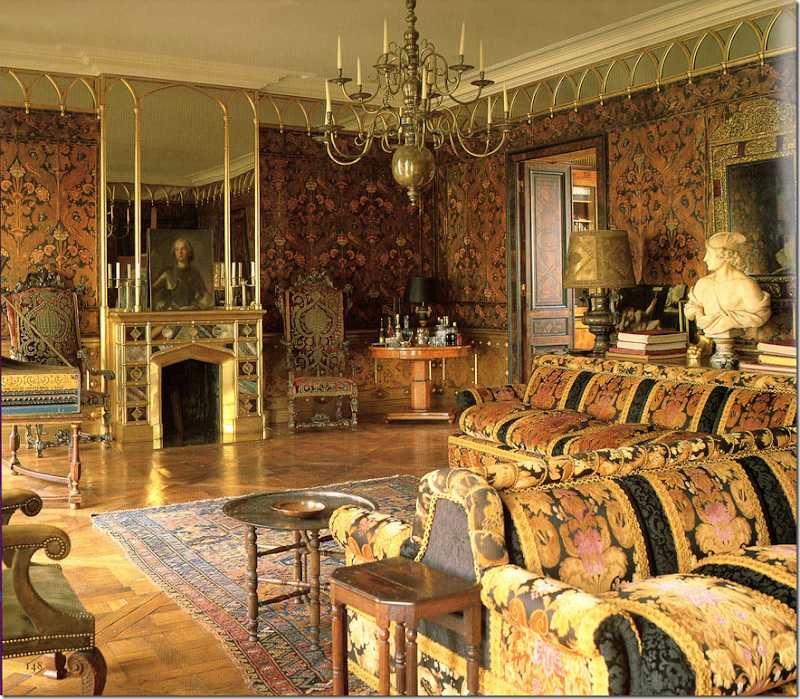
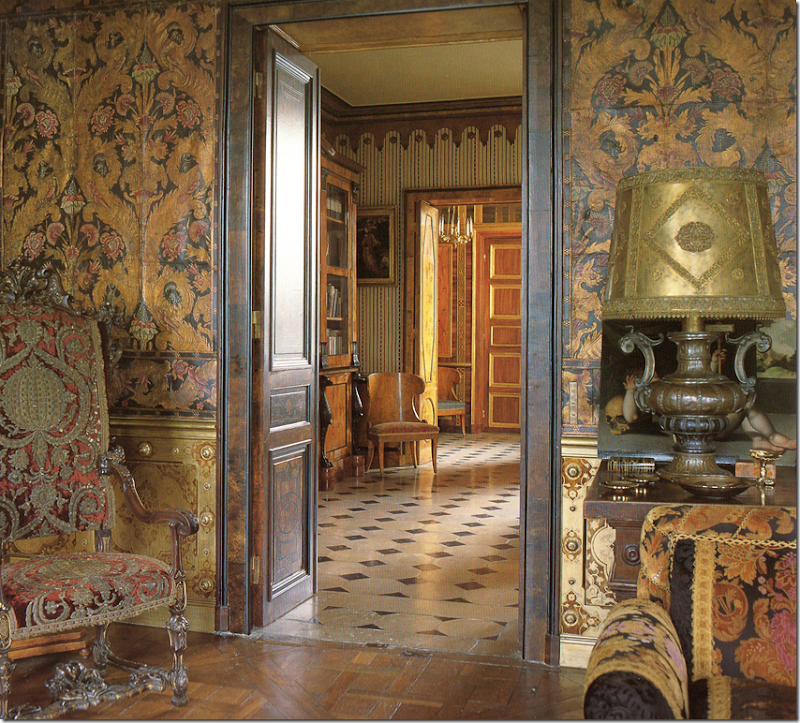



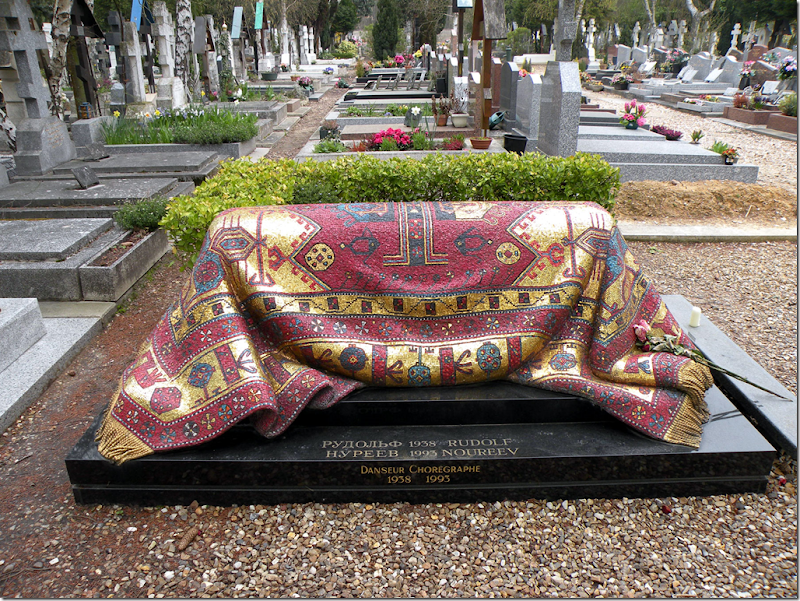
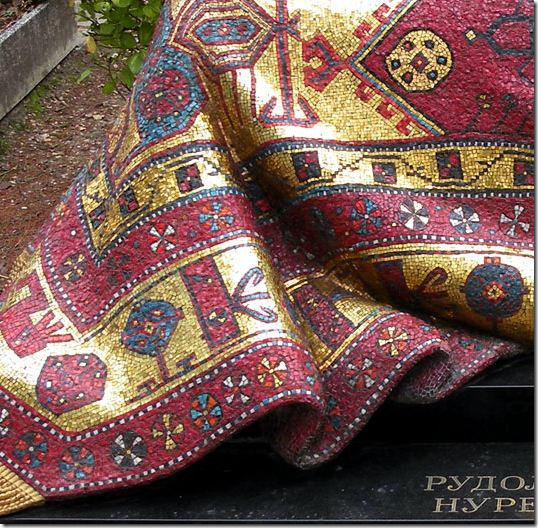
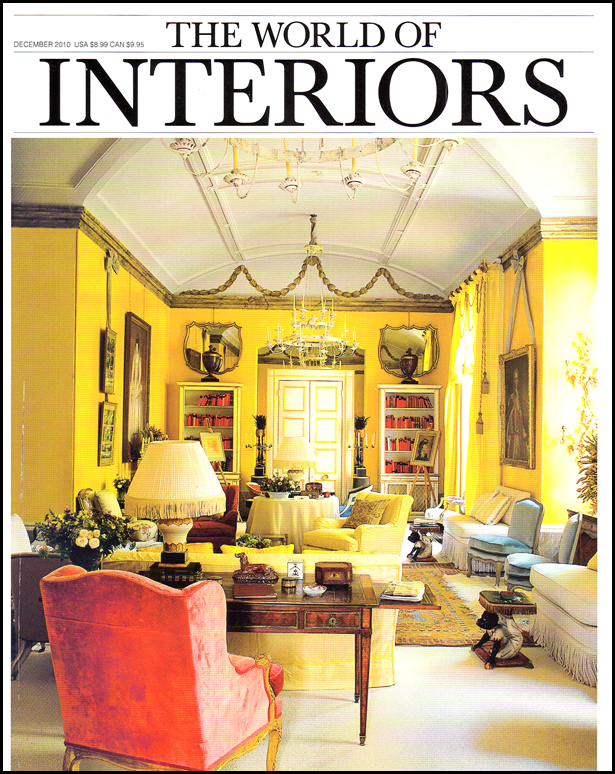
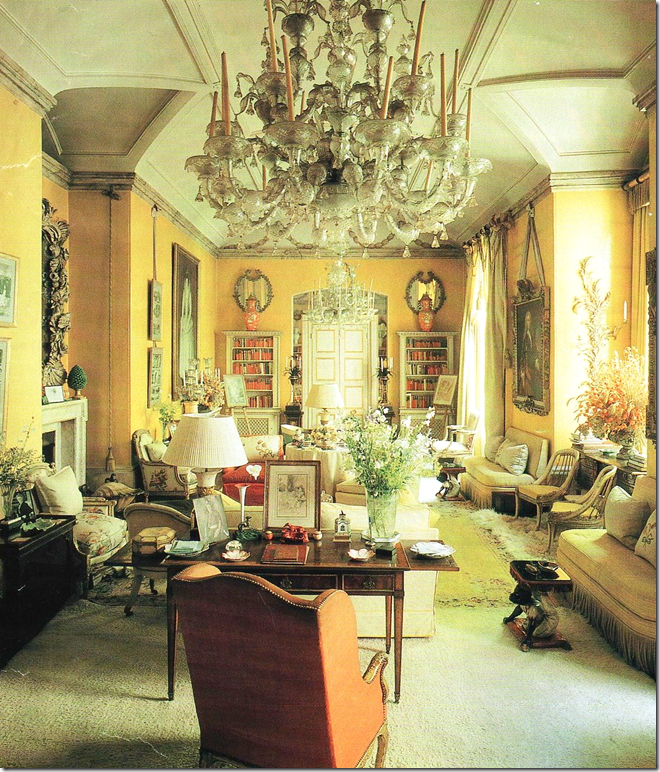
Wow, this article is something I am going to savor and read again over the weekend. Please check out my kitchen post where you are mentioned. Thanks!
ReplyDeleteFANTASTIC FANTASTIC FANTASTIC!!! How I adore reading your posts!!! One more time, you get yourself an ovation!!! Interesting trend the male nudes, by the way. Congratulations on your research of Abildgaard painting. Gosh! Nureyev's apartment! Trust me, this post has me all excited with delight! Thank you so so so much for it! Well bye for now, I'm heading to all the links posted to continue with my edducation. Xoxo
ReplyDeleteWell,
ReplyDeleteThis certainly makes me look forward to my hubby coming home!
Well done and yes, the history of that painting is fabulous!
I adore the grave site, makes me ponder my own? I absolutely want to have a unique and eternal space.
Thanks Joni....
Happy Turkey Day.
L.
Oh butt yes Joni!
ReplyDeletexx kelley
Oh my, Oh my, how fantastic! Every image, every word.
ReplyDeleteCongratulations. What a great post. Love the art research and the continuation to Nureyev, and World of Interiors.
ReplyDeletePhew...Joni, you bowl me over! An amazing article and fascinating info from buttocks to buttah! I will be reading more in depth over the weekend!! (Where in heck is my Elle Decor?!?)
ReplyDeleteThanks Joni :)
Yet again I learned so much from your posting. Basic art history classes don't cover this stuff and how you tied it in with Nureyev was fantastic. I'm facinated by true geniuses like him and how he could go from such poverty to live in such a magnificent home. One more huge subject for me to explore. Thanks again. Someday I'll take time to look for all the differences in the two rooms. ..back to reality.
ReplyDeleteVery interessting article but I have to say I feel very cheated, my husband works out and doesn't look a thing like the guy before gyms! I'm torn between typing a serious reply and just having fun so I'll just keep it to myself and say I actually love this post. Nudity and intrigue, what could be better?
ReplyDeleteOh...I loved loved loved this post. So interesting. I adored seeing Nureyev's apartment. And his grave...unbelievable. Love it when you go indepth like this. I'd never seen anything about his apartment so it was fascinating. And I am looking at the differences in the butter yellow room too.
ReplyDeleteGreat Post!!!!
Fantastic post; I spied and loved that painting in Easton's flat. As it's said, the story behind the art if often as fascinating as the art itself! The quality of works by the artists who come in to the Louvre to make reproductions is indeed amazing.
ReplyDeleteI had no idea Nureyev's grave was covered by that gorgeous mosaic "rug"!
ReplyDeleteWhat a work of art to honor Nureyev's brilliance.
Thanks, Joni! Great post, unusual topic.
-Ann
Joni, you continue to out do yourself....thanks for this it is so very interesting!
ReplyDeleteThank you for sharing this information. The article is beautiful. Such an informative post, and so interesting. And double thanks for sharing the eye candy, ahem.
ReplyDeleteTeresa
Thoroughly enjoyed this post. Learned so much about the man and the art. Thanks for the enlightment. Great post.
ReplyDeleteWhat an incredibly informative and enlightening post.
ReplyDeleteI've long loved that painting and am thrilled to learn the whole Nureyev tie-in.
I'm a big fan of these opulent eccentrics.
PS: love your new header too
Cheers, Alcira
thenerochronicles.blogspot.com
More nude men please! I think we should make nude men photos a weekly thing, mostly male models ok? Like David Gandy. Have you seen him? Sorry, getting off topic. Great post.
ReplyDeletexo Terri
Abildgaard must have been one of the painters from Denmark's "Golden Age", about which I wrote recently. Great piece about attribution, (style of, in the manner of etc). For me the most important thing is whether you like the picture. Finding that it's the real McCoy is an added bonus.
ReplyDeleteYour post is magnifique! I read and will reread every word. Every bit and morsel is interesting, fun, stunning. Merveilleux! MERCI et BRAVO.
ReplyDeleteI learn so much from your posts!! Amazing detective work! The mosaic "rug" is amazing.
ReplyDeletexx-Gina
OK - now this is a truly incredibly post. I felt like I was back in school (art history major here - as I suspect perhaps you were also) but in a totally fun class with an unusually entertaining teacher!! I was not familiar with Abildgaard - although I did recognize that particular painting from Easton's apartment. The whole story is fascinating as I have always found Nureyev to be - but the grave??!! I had never seen that - just mind boggling. Ok ok - I don't want to write a treatise - leaving that to you - but just wanted to emphasize how much I truly LOVED this!!!
ReplyDelete"Who knew?" franki
ReplyDeleteLove seeing the Nureyev photos again. I have to say I prefer the artist' interiors to his paintings, but David Easton can disagree. Its funny you pulled up the Derry Moore Photo to compare. My first reaction to WOI's cover was that it was somehow not quite as magical and the ceiling was too bright. But now, I know why. In the Moore photo, one hardly even sees the ceiling. Chandeliers, mirrors, rug, vases, lamp, painting and frame style, paler wall color, ruddier chair color and so on. It underlines how much the smaller details count. Nonetheless, I loved reading more about this room in WOI, and kudos to them for doing this. Great post, as usual.
ReplyDeleteMy husband walked by and said,"WHAT on Earth are you looking at?" because,besides text there was only a huge bum on my screen!
ReplyDeleteGreat art history lesson and a good laugh too.
Joni,
ReplyDeleteAnother wonderful post. You vast interests and curiosity never cease to amaze me. Well thought out, researched and presented so well. You seem to understand that everything -- all aspects of life -- informs good design.
Bravo,
Karen Solorzano
Fascinating Joni. Yet again you enthrall and entertain us. Thank you for all of your research.
ReplyDeleteI can't imagine the time you put in to every post, Joni!! YOu give us an education every time and I savor it all. THANL YOU!!!! I will save this to come back to. Have a great weekend! XO, Pinky
ReplyDeleteVery informative! This must have taken you forever to put together so thanks. What a great way to start my Saturday morning...looking at very fine men's hinies (sp?)
ReplyDeleteJoni,
ReplyDeleteThis was a great art lesson. You must have been an art teacher in another lifetime.
Who is the next subject?
What a gift you have given me this morning!!! I will always think of it as the Butt and Buttah post! How do you manage to combine your serious erudition and research with your trademark wit!! There is no other way to say it: "I love you and Cote de Texas!!"
ReplyDeletexo, AnneHH
What a great post , and such a fabulous ending to such a serious subject! From intrigue to laughter. You covered it all so well here , Joni. Have a great weekend. Mona
ReplyDeleteFascinating post! I enjoyed every minute of it!Nureyev...a master, loved it! Great research!
ReplyDeleteThis has got to be your most fascinating post to date! Mesmerizing. It had everything~as one of your readers says, from classical buttocks to Buttah Yellah.
ReplyDeleteI recall my first visit to the famous Yellow Room in
Avery Row. Though the room was long and tall, there was an intimacy about it. The Fowler curtains were a lesson in scale: I measured the tassels and they were nearly a foot long. Also paced off the width of the room at just under 17 feet. But the big surprise was the walls, which were mirror smooth and nearly reflective.
Nancy's room had more textures than the recreation,
wouldn't you say?
a history lesson in and of itself ....
ReplyDeletethe bare naked truth
Wow Joni,
ReplyDeleteThanks for the art and history lesson. I thoroughly enjoyed this post. It was the truth and nothing BUTT the truth! ha. I was so intrigued by Nureyev's mosaic grave and am sending it on to my friend who is an expert in mosaic art. Perhaps she already knows about this. It is so amazing.
PS Happy Birthday! ~Delores
Joni,
ReplyDeleteAre you sure that fellow on the Yamaha is Nureyev? He bares a striking resemblance to Henry Winkler and the water nymph to Anjelica Huston. Did you pull the correct pic from the internet?
Mrs. P
fantastic post!
ReplyDeletewonderful post.
ReplyDeletei am danish. can translate if you wish.
wonderful post.
ReplyDeletei am danish. can translate if you wish.
not anonymous
ReplyDeleteThat is a most interesting post!!! Now I know all I wanted to know about that nude!! Thank you Joni!
ReplyDeletexx
Greet
You know, that painting caught my eye in Elle Decor, too -- I also thought it looked familiar, but couldn't place where I'd seen it before. Thanks for all of the fabulous background info!
ReplyDeleteJoni, only you could weave such a wonderful tale--and that's not some backsided (I mean backhanded!) compliment!
ReplyDeleteHere I am, sitting at my desk on a Sunday morning at 8:30am, eating my toasted cheese and savouring this post. Thanks Joni.
ReplyDeleteI read a biography on Nureyev a few years ago and was surprised to learn that he and his family were muslim - maybe the rugs are a memory of growing up to him - they seem Middle Eastern/Indian and no, I've never seen a grave like that either.
I like his philosophy of living with his (hard earned) wealth around him in the form of art so that he could enjoy the fruits of his labour every day. I think he was onto something with not trusting his money to the banks and keeping it where he could see it.
All I can say, Joni, is "Bravo!!!" . Another outstanding post!
ReplyDeleteKaren T.
Thank You for the Amazing history lesson.. Love it... Such knowledge-and his design is outstanding.
ReplyDeleteLOve the detail in every piece
Karryann
LMAOF no pun intended. GREAT post, incredible research and detail....
ReplyDeleteOk...I cannot be the only one who goggled Nureyev and Avedon his Photographer....O_O.
ReplyDeleteUh, Sorry, What were you saying.......
Wow Joni:
ReplyDeleteWhat an unbelievalbe post and what a lot of work bringing it altogether......fabulous info. and so much fun looking at true perfection!!!!
Thank you for the tutorial--this is a fantastic post. I do love a mystery--especially when it involves art and intrigue. I think that the symbolism of the buzzard watching measured justice probably is the key to the Danish Kings rejection of the painting. Perhaps the features of the bust were similar to the monarchs? Further research is required. I have saved this post to study a bit later.
ReplyDeleteThanks.
Fascinating read Joni! Thank you!! I'm thinking you would be very good at the game "Concentration" where they had to go back and remember where they saw the object in the first place!!
ReplyDeleteThe mosaic rug over his grave is perfection- in beauty and in telling the story of who this man was at a glance. Love it!
joan
Wow Joni, this is one enthralling and original post. I have bookmarked it so I can read it again. Very interesting about the Abilidgaard painting...and ohhh those Nureyev photos!!
ReplyDeleteH.H.
Fascinating, Joni! I cannot get over all of the research you did for this post. I am in awe and enjoyed reading this very much.
ReplyDeleteXO,
Sheila :-)
This was a master class in design blogging. You not only educated us about several fascinating topics, you "schooled" your fellow bloggers who concentrate on regurgitating press releases or reprinting pictures from design magazines with little more than an "Oh, shiny!"
ReplyDeleteWhat a marvelous tomb for Nureyev! That mosaic carpet is enormously chic.
ReplyDeleteJoni, this was just fabulous!
ReplyDeleteThe fight over authenticity of originals and the manipulations of the art market has stirred the world of dealers for centuries. Especially when famous artists had their schools. It becomes a gray zone. Where the master had his hand on and how much!
As to the many works of Abildgaard showing up in so many publications at once: Sometimes I have a feeling even the very wealthy ones trying to keep up with the Joneses...and magazines go for the trends...
Certain artworks become a fashion and a status symbol. Like the Birkin bag....!
I am not to sure if I actually like the painting! It has it's place, but looking at it every day???
The story about the artist's life was so interesting and I have seen some of his work in Copenhagen years ago.
A few days ago I posted about kilims and I was tempted to show Nureyev's tomb. It is incredible.
And I think it represents Nureyev and his art, his collections and the extravagance in his life perfectly.
He had an enormous carpet collection as well!
PS: You would enjoy the book The Swan Thieves by Elizabeth Costova!
So long!
V.
Thank you for this post. I kept that issue of Architechtural Digest for years, with Nureyev and his art and textiles, kept it untill it finally fell apart. Long ago, the Royal Ballet came to my Ballet school in Hollywood to reherse- he was there and that was inspiring for rest of my time there!
ReplyDeleteI appreciate your thorough and thoughtful writings.
This comment has been removed by the author.
ReplyDeleteHi again Joni...I just wanted to thank you so much for your sweet comment on my Pierre Mornet post. It truly made my day! (Just read this post for the 2nd time...amazing!) Have a great Thanksgiving with your family!
ReplyDeleteH.H.
Very, very fascinating. Thanks for all the great anecdotes and for the peek into Nureyev's home.
ReplyDeleteDear Joni - I love all your posts - but you've simply outdone yourself...this is the most fabulous post! Beautiful and educational.
ReplyDeleteWow, this post was so well written and chock full of great information that I was distracted by how well written and chock full of great information it was (yes, this is a c ompliment!).
ReplyDeleteSuch an interesting post. Thanks so much, Joni. A fascinating art lesson!
ReplyDeleteWow. I don't know what kind of research you did or how long it took you but, this was the best thing I've read since my art history class oh so long ago! I really want to know who has the original of that nude painting! Is it the museum or the divorcee! Thanks for this post! It was fun!
ReplyDeletexoxo
Lila Ferraro
Joni,
ReplyDeleteWhat can I say? This is truly university-lecture worthy. You are a master researcher and should be writing books or teaching classes. I am always amazed at your talent. Thank you for your generous nature. We really appreciate that you share your gifts with the world.
Happy Thanksgiving!
Simply, YOU ROCK!!
ReplyDeleteJoni,
ReplyDeleteA stunning posting. The Kemper Museum of Contemporary Art had a retrospective of Jamie Wyeth's time working with Nureyev.
The paintings of Nureyev and his ballet costumes were just amazing!
Happy Thanksgiving!
xoxo
Karena
Art by Karena
@ Karena.. thankx for good comment, i have same kind of feeling on this post.
ReplyDelete- Tanya
Web Design Firm
That "rug" on Nureyev's grave is spectacular. I just keep going back to look at it over and over again! Thanks for a great article. Violet
ReplyDeleteAmazing, thanks for a 2010 year full pictures and lot of information. Your blog is a very nice place to spent my time..
ReplyDeletePily.
Catching up on you after Thanksgiving. I'm speechless. This post is your best ever and that's saying a lot. And ending up with the Yellow Room was icing on the cake. Sometimes I think everything begins and ends with the Yellow Room.
ReplyDeleteLibby
Also LOVED the Austin real estate roundup. I used to go past House #2 on my morning walk and ogle. And now it can be mine for only $8 mil!
I was wondering where I recognized that painting from! Frankenstien, how could I have forgot!
ReplyDeleteI'm a bit late to the party, but I have something I think you'll find interesting. I ran across a picture of The Wounded Philoctetes in Nureyev's apartment. At one point the painting hung in the striped dining room, over the burl wood bench on which Nureyev sits. It can be seen here: http://pinterest.com/pin/152278031123048899/
ReplyDeleteIn the latest Elle Décor magazine, this apartment caught my eye.
ReplyDeletepainters edmonton
edmonton painters
If you want to some fun and entertainment, you can join us for free and can spend your extra time. Here are many options to share your nude photo and you can also upload nude pics. Here are best way to upload your sexy pics.
ReplyDeleteHello There. I found your blog using msn. This is an extremely well written article. I will be sure to bookmark it and return to read more of your useful information. Thanks for the post. I’ll certainly comeback. Acrylic Painting
ReplyDeleteAre sex and pornography the only topics that seem to peak this person's interest or gets the individual animated? It is possible that's all he or she talks about because it's all that person has to talk about. A porn addict can spend the bulk of his or her free time viewing pornography, leaving them with little else to speak of in conversation.
ReplyDeleteXxx Ladyboys